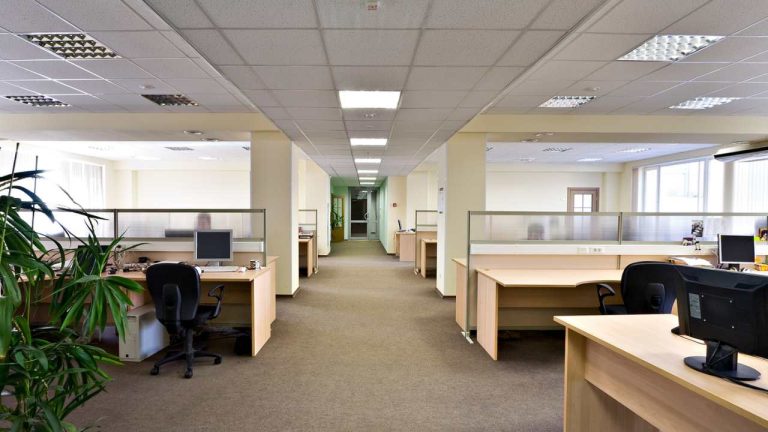How to Solve Common Risks in Shopping Centre Management and Leasing
Risk in shopping centre management can be many things, and the answers will depend on just who you are talking to and what perspective they have on property ownership and investment.
In saying that, the risk factors should be identified and controlled by and for the stakeholders. That is where as an agent or broker you can offer unique and special retail services to improve or optimize the property.
If you are a Centre Manager or Leasing expert, you will know exactly what I am talking about. Know your Landlord requirements.
Retail property specialization is a good thing from your perspective as a retail agent or broker in your location; do you specialize in sales, leasing, or property management? Consider the value and the quality of the services that you can offer retail tenants and landlords. Try to go deeper than those services offered by your competitors.
Your Retail Career Channels
What are the ‘channels’ that you can work in? Try some of these:
- Tenant placement
- Lease tenant mix
- Income improvement
- Shopping centre optimization
- Tenant advocacy
- Landlord leasing services
Some agents in ‘retail’ are just too ‘ordinary’ when it comes to skills and services. That is then an opportunity for you with both tenants and landlords. Do some local property research. Do you know where all the good quality shopping centres are located? Have you inspected them recently for changes and risk?
Growth in your retail property activity will be centred on what you know about the location and where you can see your services being effectively placed.
What Are the Risk Factors in Retail
Let’s qualify the ‘risk factors’ that are the most common in the shopping centre industry and explain how you can reduce risk as a retail industry professional:
- Tenants that are struggling to create sales – there will always be some tenants that don’t understand how to boost their gross sales. That factor can be further complicated by the impact of the internet on retail shop segments. Shopping centres don’t ‘disappear’ as a result of online shopping; they just change structure and tenant mix formats.
- Tenants that are moving to another property – other landlord and agents will be influencing your tenants to move. Understand the threat exists; minimize it where you can. Connecting with tenants each day will help you understand what is happening with that.
- Vacancy factors that are hard to control – you can predict when a lease is coming to an end. Work to a formula of watching all tenant lease expiry dates about 18 months out. Connect with the business owners and keep them appraised of rents, vacancy factors, and upcoming property changes.
- Escalating shopping centre operational costs – a retail property with high operational costs is a big negative from a tenant leasing perspective. Know the comparisons on operational costs for your location and within your property type. Analyse the rents, the operational factors, and the outgoings.
- Poor lease and occupancy documentation – low-quality lease documents will threaten the stability of the rental and tenant mix. The terms of every lease should be analysed for weaknesses and critical dates.
- Loss of customers is always a worry for a shopping centre – tenants can’t pay the rent when customers are not coming back. So, there is a property marketing perspective to a successful retail shopping centre. If the property is starting to fail from a fall in customer numbers then there are some marketing things to look at such as promotional spend, campaign placement, coverage of the customer market, and tenant involvement in promoting themselves.
- Another retail property taking over the interest of customers and or tenants locally – other retail shopping centre owner will be seeking to move your tenants across to their property. How does your property compare when it comes to rents, marketing, landlord involvement, and local customer involvement?
There are some good things to do here with retail shopping centre performance. You can significantly lower the risk in a retail property by planning activities and improvements around all these things.






